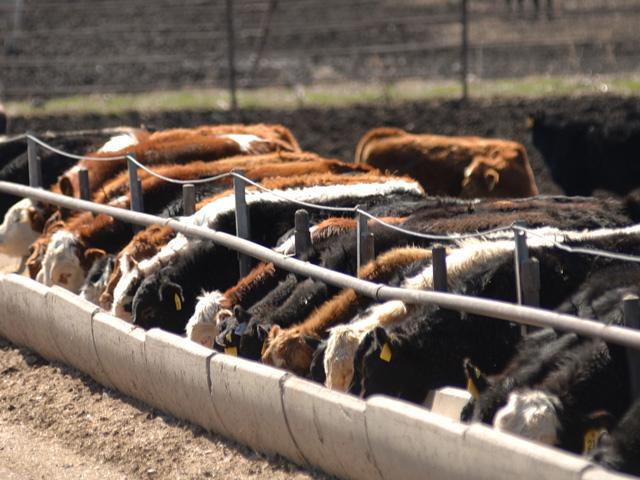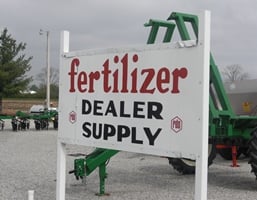The Purdue University/CME Group Ag Economy Barometer improved in April, up 8 points to a reading of...
U.S. Cattle Industry Braces for Impact as Mexican Imports Loom

The owner of one of the largest sale barns in the country says once the U.S. decides to resume live cattle imports from Mexico, the market will have a strong reaction. Jackie Moore operates Joplin Regional Stockyards in Missouri. “Probably the thought of it happening and when it happens, it’s going to break the market,” he says.
He says he doesn’t expect a downturn in prices to last very long. “And they’re going to cross those cattle, and that’s going to add to our numbers,” he says. “But I think we’ll be short enough of cattle domestically, and once we get past the thought of those cattle coming across, we’ll be in good shape. I don’t think there are enough numbers over there to break the market because we’re going to be so short here in the U.S.”
A date to reopen the southern border to imports of cattle from Mexico has not been set. Ag Secretary Brooke Rollins told reporters at the National FFA Convention in Indianapolis that she will meet with Mexico’s President Claudia Sheinbaum and its Agriculture Minister, Julio Berdegu, soon. “There’s about 250,000 head of cattle waiting to move over the border,” she says. “But I am not convinced yet that we have this under control.”
Texas Agriculture Commissioner Sid Miller has been a proponent of partially resuming live cattle imports from Mexico to help stabilize supplies. Miller says about 15 percent of feeder cattle come from Mexico, but the lengthy pause has backed up supplies. November to February is the “Mexican feeder cattle season,” and Miller says ports could be reopened in a controlled, incremental way without risking the spread of pests like New World Screwworm.
Recently, Miller applauded the FDA’s decision to allow a first-ever Emergency Use Authorization for an animal drug to treat New World Screwworm larvae in adult dogs and puppies.
EDITOR’S TAKE:
Caution is the word of the day! Thus far the New World Screwworm has been held at bay and has not infested the U.S. cattle herd. The hope is to keep it that way. Let’s make absolutely certain that we err on the side of caution. That said, when the border does reopen, how much cattle prices will be impacted is a matter of speculation. Sure, it might have some impact and bring prices down some, but with the current state of demand and supply, my bet is on minimal impact. Thus, I would highly recommend keeping livestock producers at the very top of that customer prospect list. They will be looking for tax offsets this year. Between the 100% depreciation for business expenses and the need for a new truck or two, be prepared. Be sure to keep that inventory fresh on AgTruckTrader.com®.








